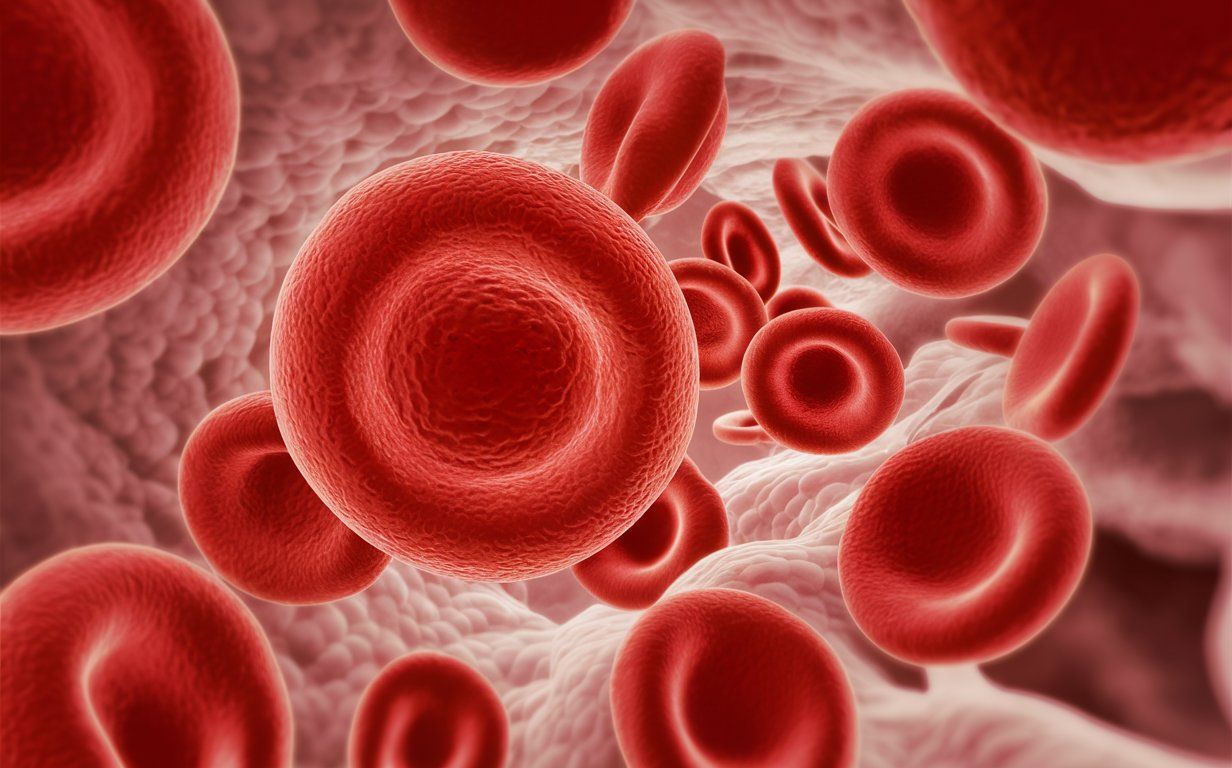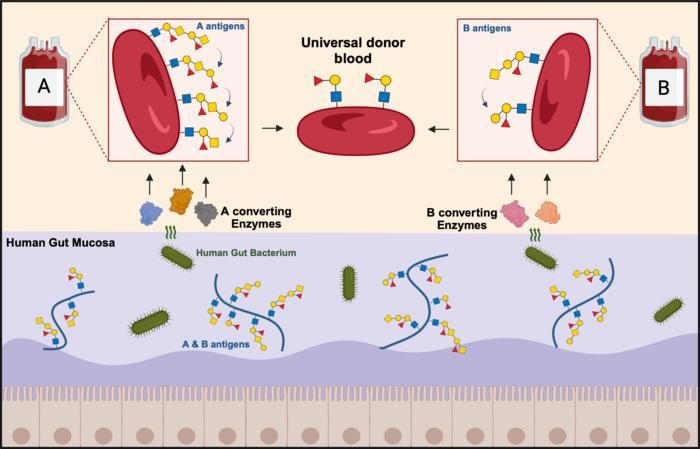Major advancement towards the production of universal blood
Follow us on Google News (click on ☆)

Scientists have used intestinal bacteria to create a preliminary version of universal donor blood.
Credit: Shutterstock
Individuals with blood type O are already universal donors, but this type is not always available in sufficient quantities. Therefore, enabling all groups to donate to any other group could be a solution. However, much more research is needed before this method can be used clinically.
In a recent study, researchers identified long chains of sugar molecules on the surface of red blood cells, which make blood transfusions between certain groups incompatible. They then used a cocktail of enzymes from intestinal bacteria to remove these sugar extensions.
Dr. Martin Olsson, professor of hematology and transfusion medicine at Lund University in Sweden, explains: "Instead of creating artificial enzymes, we explored what resembles the surface of a red blood cell. The mucus in our intestines is similar. So we borrowed enzymes from the bacteria that normally metabolize this mucus to apply them to the red blood cells."
For decades, scientists have attempted to use enzymes to cut the antigens of A and B groups. The results are promising: after removing these known antigens, blood types A and B molecularly resemble type O blood.

This schematic shows how enzymes from intestinal bacteria can be used to remove extensions on red blood cells that make some blood types incompatible with others.
Credit: Mathias Jensen, postdoctoral researcher at DTU
However, recent tests show that even after this treatment, the treated red blood cells still show incompatibilities when mixed with type O plasma, due to the remaining sugar chains.
Scientists have shown that removing these antigens and extensions makes blood types A and B more compatible with type O. The study suggests that these extensions could contribute to the initial incompatibility.
Although much remains to be done before this method is safe enough for blood transfusions, it represents an important first step.